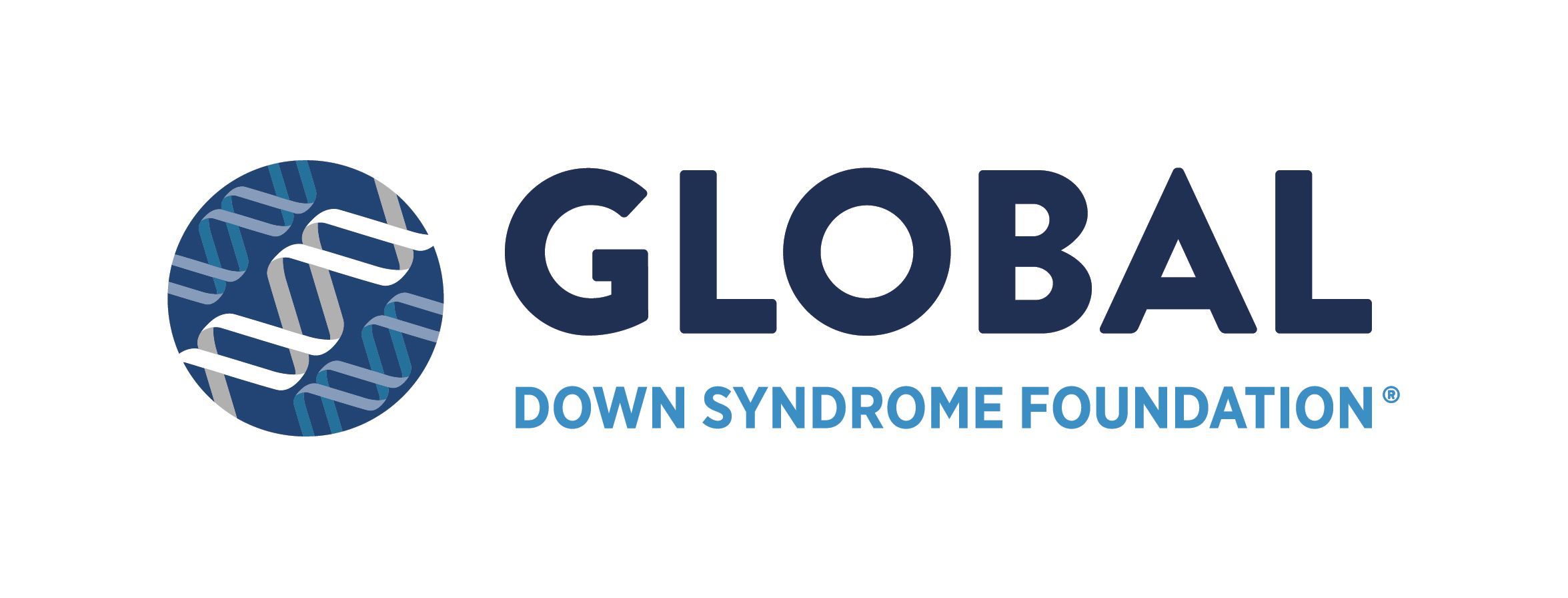Down syndrome is named after the English doctor, John Langdon Down, who was the first to categorize the common features of people with the condition. Dr. Jerome Lejeune discovered Down syndrome is a genetic disorder whereby a person has three copies of chromosome 21 instead of two. There are also rare forms of Down syndrome (less than 6%) called Translocation Down Syndrome or Mosaic Down Syndrome in which not all of the chromosome is triplicated or not all cells of the body carry the extra chromosome.
Down syndrome is the most frequently occurring chromosomal disorder and the leading cause of intellectual and developmental delay in the U.S. and in the world. Down syndrome is a genetic condition that occurs in one in every 691 births and is found in people of all races and economic levels. More than 400,000 people in the United States have Down syndrome.

In every cell in the human body there is a nucleus, where genetic material is stored in genes. Genes carry the codes responsible for all of our inherited traits and are grouped along rod-like structures called chromosomes. Typically, the nucleus of each cell contains 23 pairs of chromosomes, half of which are inherited from each parent. Down syndrome occurs when an individual has a full or partial extra copy of chromosome 21.
This additional genetic material alters the course of development and causes the characteristics associated with Down syndrome. A few of the common physical traits of Down syndrome are low muscle tone, small stature, an upward slant to the eyes, and a single deep crease across the center of the palm - although each person with Down syndrome is a unique individual and may possess these characteristics to different degrees, or not at all.

People with Down syndrome have an increased risk for certain medical conditions such as congenital heart defects, respiratory and hearing problems, Alzheimer's disease, childhood leukemia, and thyroid conditions. However, many of these conditions are now treatable, so most people with Down syndrome lead healthy lives. Life expectancy for people with Down syndrome has increased dramatically in recent decades - from 25 in 1983 to 60 today.
People with Down syndrome experience cognitive delays, but the effect is usually mild to moderate and is not indicative of the many strengths and talents that each individual possesses. Children with Down syndrome learn to sit, walk, talk, play, and do most other activities; only somewhat later than their peers without Down syndrome.

Quality educational programs, a stimulating home environment, good health care, and positive support from family, friends and the community enable people with Down syndrome to develop their full potential and lead fulfilling lives. People with Down syndrome attend school and work, and participate in decisions that concern them, and contribute to society in many wonderful ways.





